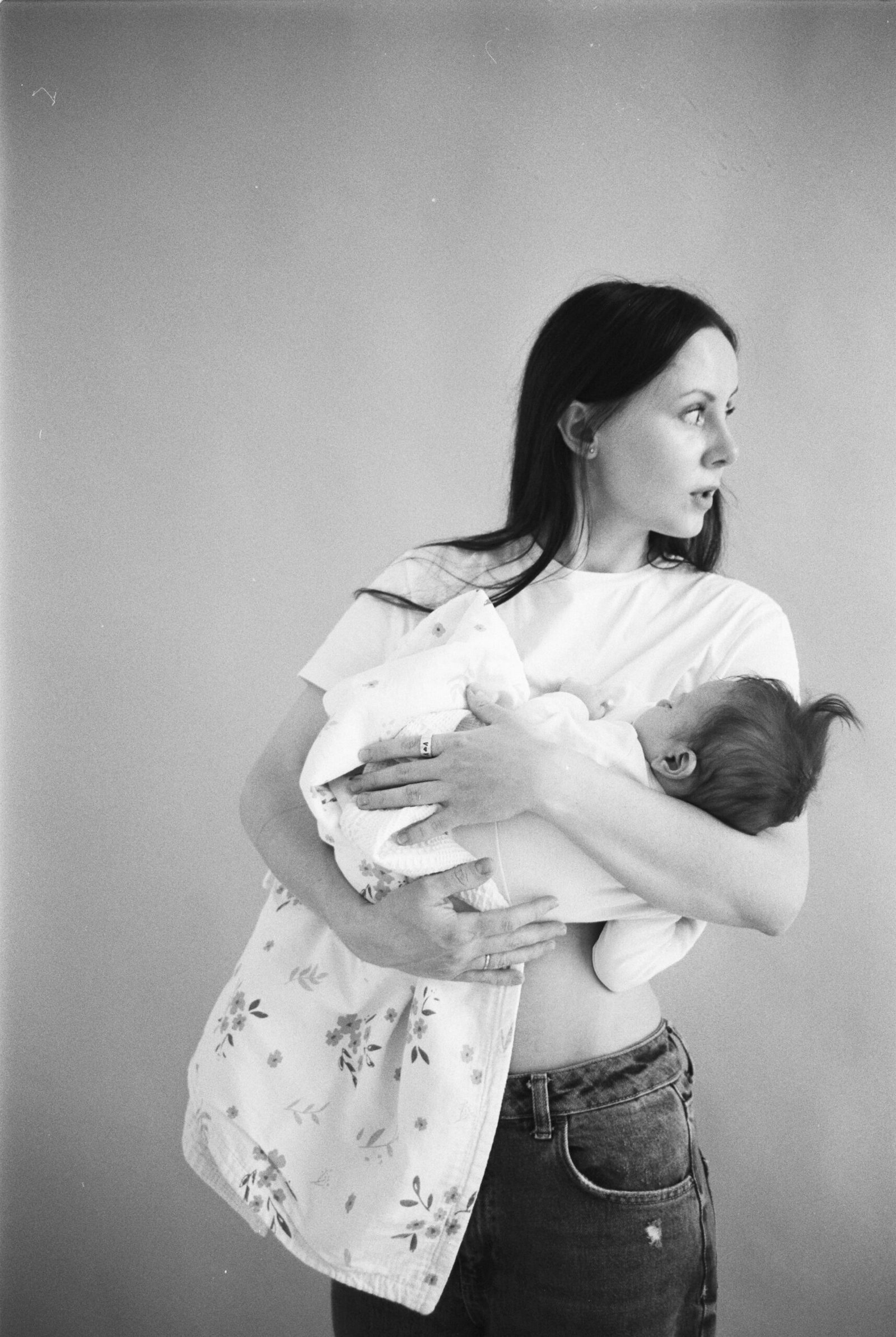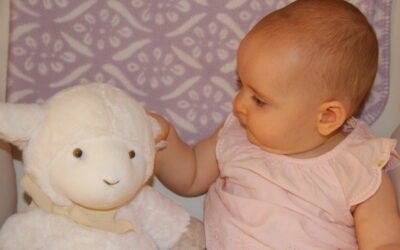Sleep is a fundamental aspect of our lives, especially for infants and young children. As parents, one of the most significant challenges we face is establishing healthy sleep habits for our little ones. A crucial concept in this journey is sleep associations. In this blog, we will explore what sleep associations are, differentiate between positive and parent-led associations, discuss the potential issues with parent-led sleep associations, and provide tips on transitioning away from them.
What Are Sleep Associations?
Sleep associations are the cues or connections that your baby links with to falling asleep.https://www.babysleep.com/sleep-advice/what-is-a-sleep-association/ It could be rocking, feeding, holding, having white noise on or even having a pacifier to go to sleep. Some associations are useful and help encourage independent sleep, but others can become problematic and can lead to multiple wake-ups as your baby may need that association recreated in order for fall back to sleep.
Positive Sleep Associations
Positive sleep associations are those that encourage healthy sleep habits and independence. They help children learn to self-settle and fall asleep without excessive reliance on external factors. Some examples of positive sleep associations include:
- A consistent bedtime routine: Activities such as reading a book, dimming the lights, and taking a warm bath can signal to a child that it’s time to wind down and prepare for sleep. Babies thrive on routine and it gives them a sense of security that is comforting.
- A specific sleep environment: Creating a calming sleep environment with comfortable bedding and a dark room with white noise on can foster good sleep habits.
- Swaddle/ Sleeping bag: Swaddling or putting your baby into their sleeping bag is a powerful cue that it’s time for sleep.
Parent-led Sleep Associations
This is something that a parent does to help their baby fall asleep. Common examples include:
- Rocking or holding the child to sleep
- Feeding the child to sleep
- Co – Sleeping
- Patting, tapping or shushing
- Replacing pacifier/dummy (for babies under 8 months who can’t yet replace it independently)https://joannabothmasleepconsultant.com/all-about-the-dummy-pacifier/
- Staying in the room until your child sleeps
While these associations can be comforting in the short term, and are completely natural they may lead to challenges as the child grows older, especially when they go through the 4- month regression.https://joannabothmasleepconsultant.com/the-4-month-sleep-regression/ This permanent change to your baby’s sleep structure means their sleep cycles are becoming more adult-like in nature and they may start to wake between sleep cycles which they didn’t previously do as new-borns. Now when they wake up after a sleep cycle, they need their parent’s help to get back to sleep. This can mean your baby now starts to catnap during the day and can wake every 2 hours overnight. This can quickly lead to a very exhausted household.
Tips for Fostering Independent Sleep
Transitioning away from parent-led sleep associations can be challenging and like any skill your baby learns, it takes time and practise but it is essential for fostering independent sleep habits. Here are some tips to help make this process smoother:
-
Establish a Consistent Bedtime Routine: Create a calming routine that signals bedtime, helping your child understand that it’s time to wind down. Gradually reduce your involvement in the process over time.
-
Gradual Withdrawal: If your child is used to being rocked or fed to sleep, begin by gradually reducing your involvement. For example, you might sit next to the crib instead of holding them until they fall asleep.
-
Be Patient and Consistent: Changes in sleep associations can take time. Be patient with your child and remain consistent in your approach to help them adjust to the new routine.
-
Offer Reassurance: If your child expresses distress during the transition, offer reassurance through your presence without fully engaging in the previous sleep associations. This can help them feel secure while promoting independence.
- Age-appropriate awake times: Ensure your child is getting the correct amount of awake time during the day between naps. Ensuring they are neither over nor under tired will make it easier when it comes to settling down for a nap or bedtime.
Conclusion
Understanding how your child falls asleep is vital for parents aiming to establish healthy sleep habits. By recognizing the difference between positive and parent-led associations, and by implementing strategies to encourage independence, parents can help their children develop the skills needed for restful sleep. Remember, every child is unique, and finding the right approach may take time and patience. Happy sleeping!






0 Comments